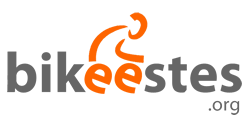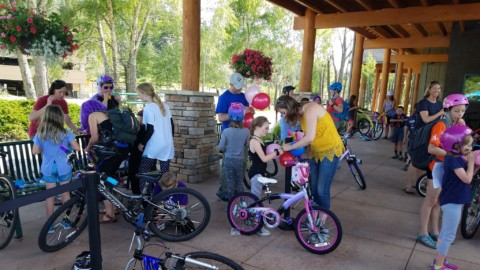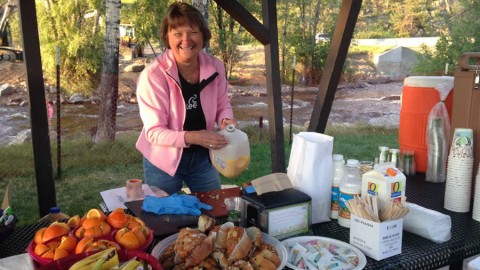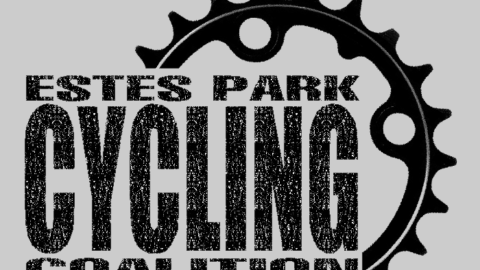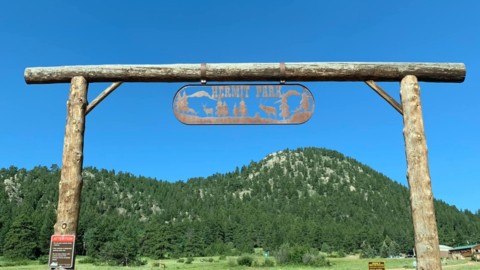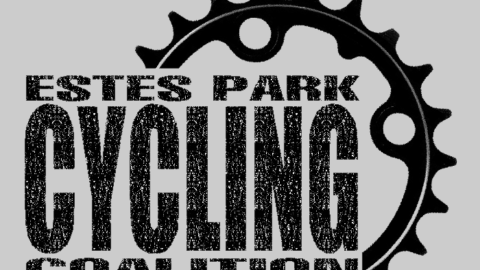Bikes, Peds, Cars, and Elk: Can’t we all just get along?
Written by Mark Kougl
This last year has been transformational: our community has moved towards a safer multi-user environment on our streets, highways, and paths. I believe that is because we all have put good lessons into practice.
Estes Park Police Chief Kufeld’s April 7th article nicely highlighted many of our responsibilities and rights as fellow users of our streets, highways, and paths. Here are some next steps for our continued transformation, as we become a truly friendly mountain destination for all users of these public spaces. Given the highly diverse population of people using these resources (age, experience, physical condition, purpose), and methods of use (motor homes, trucks, vehicles, bicycles, pedestrians, equestrians, and wildlife), as Chief Kufeld suggested, patience is sometimes our best tool. [justified_image_grid ng_pics=14 ng_description=no ng_display_tags=no]
At the fundamental level, we all provide right-of-way to our local wildlife. Why? They can be unpredictable, they do not read and follow our regulations, and they are (believe it or not) wild. Keep a safe distance and do whatever you can to avoid surprising them. Because of exposure, this is crucial for pedestrians, bicyclists, and motorcyclists.
As a pedestrian on a multi-use path, ensure that you and your group use the right side of the path and leave adequate passing space on the left. Be predictable. Listen for signs of other users passing. Assume they will pass on the left side if you do not hear that from them. Use designated crosswalks.
As a bicyclist on a multi-use path, ride at a pace that will not send a reasonable person into shock when you pass. Indicate you are about to pass by ringing a bell or clearly, loudly saying “Passing Left” (or something simple and similar). Slow down. Provide as much space as safely possible.
Most critically, all users need to provide a consistent expectation of where and how we will ride. If we consistently use the streets, highways and paths in predictable fashion, we reduce the likelihood a motorist, or others, will have to make a unique decision in a split second. [justified_image_grid ng_pics=34 ng_description=no ng_display_tags=no]
Be predictable on a bike! How?
- Follow traffic laws and signals – act like a vehicle!
- Ride on the right side of the road, and watch for and adjust to road hazards safely.
- Ride with traffic (same direction, same lane if no separate bicycle lane exists).
- Signal your intentions. Wave your hand and make eye contact with the driver. Maintain control of your bike at all times.
- Ride like parking spaces have parked cars, always. Ride outside the door zone of parked cars.
- “Take” the traffic lane when it is unsafe for motorists to pass on the left. For example, Elkhorn Avenue does not have a shoulder, so in this case cyclists are expected to ride in the center of one traffic lane. As a side note, cyclists are prohibited from riding on sidewalks or the River Walk downtown, thus please be understanding when you see a cyclist riding down Elkhorn Avenue, they are following the law.
Be visible on a bike! How?
- Wear high visibility clothing when possible.
- Use reflective surfaces when possible.
- Use a headlight (visible at least 500 feet away) and a rear reflector or rear taillight (visible at least 600 feet away) when motorists would also use them, plus some wiggle room for safety.
- When following motorists, stay in their rear view mirror zone and out of blind spots. Do your best, and remain alert.
As motorists on our streets, highways, and paths, provide other users with sufficient space and a less-thanspooky overtaking speed. Similar considerations for wildlife, equestrians, and pedestrians noted previously are critical. Here are some good practices for motorists to follow:
- When passing bicyclists, provide a minimum of 3 feet from your outermost attachment to the closest part of the bicycle. When passing with a larger overtaking speed, greater distance is important. This is also true during windy conditions. Both situations can create wind draft changes that are potentially difficult to safely navigate on a bicycle.
- Unless there is oncoming traffic, you can cross the double yellow line to provide 3 feet of space to a bicyclist (on roads with no shoulder, this may be the only option). Be patient if you have to wait for oncoming traffic to pass first – everyone’s safety matters more than those few seconds of waiting.
- When changing lanes or turning, wait for motorcyclists and bicyclists to pass before crossing their lane.
Both are very difficult to judge speed and can be moving more quickly than it appears.
It has been encouraging to observe the positive changes with all road users this last year – with patience; we really all can get along! I believe we can continue making improvements, by working together to have safe spaces for all modes of transportation and making Estes a great destination for everyone.
Photo ID (Cyclists on Elkhorn): Estes Park cyclists enjoy a morning bicycle ride on Elkhorn Avenue. No shoulder or bike lane allows for use of the lane. Photo courtesy Stefaan Van Damme of Estes Park Cycling Coalition.
Photo ID: (Cyclist on HWY 36): Estes Park Cyclist shares the road. Photo courtesy Stefaan Van Damme.
